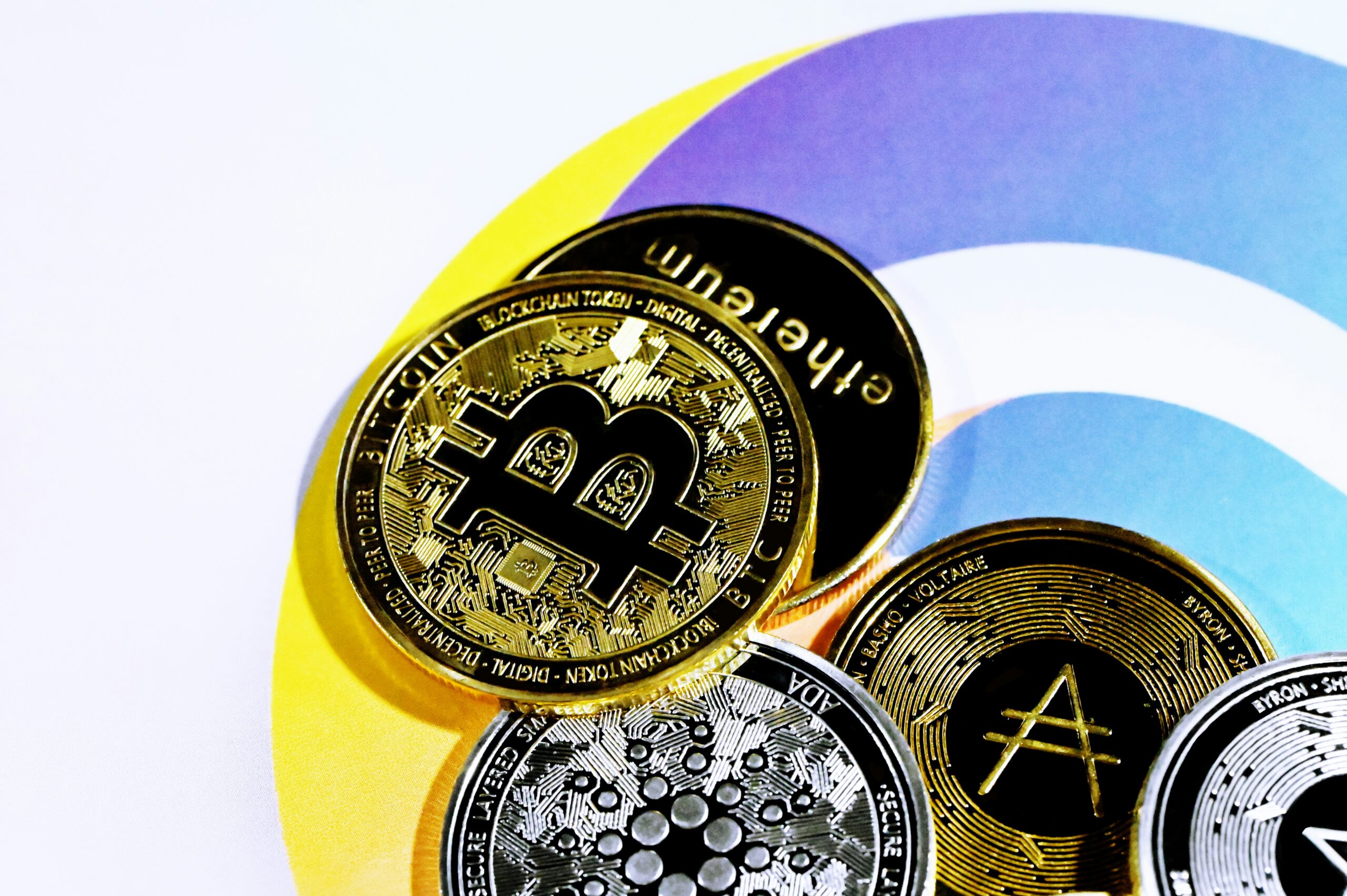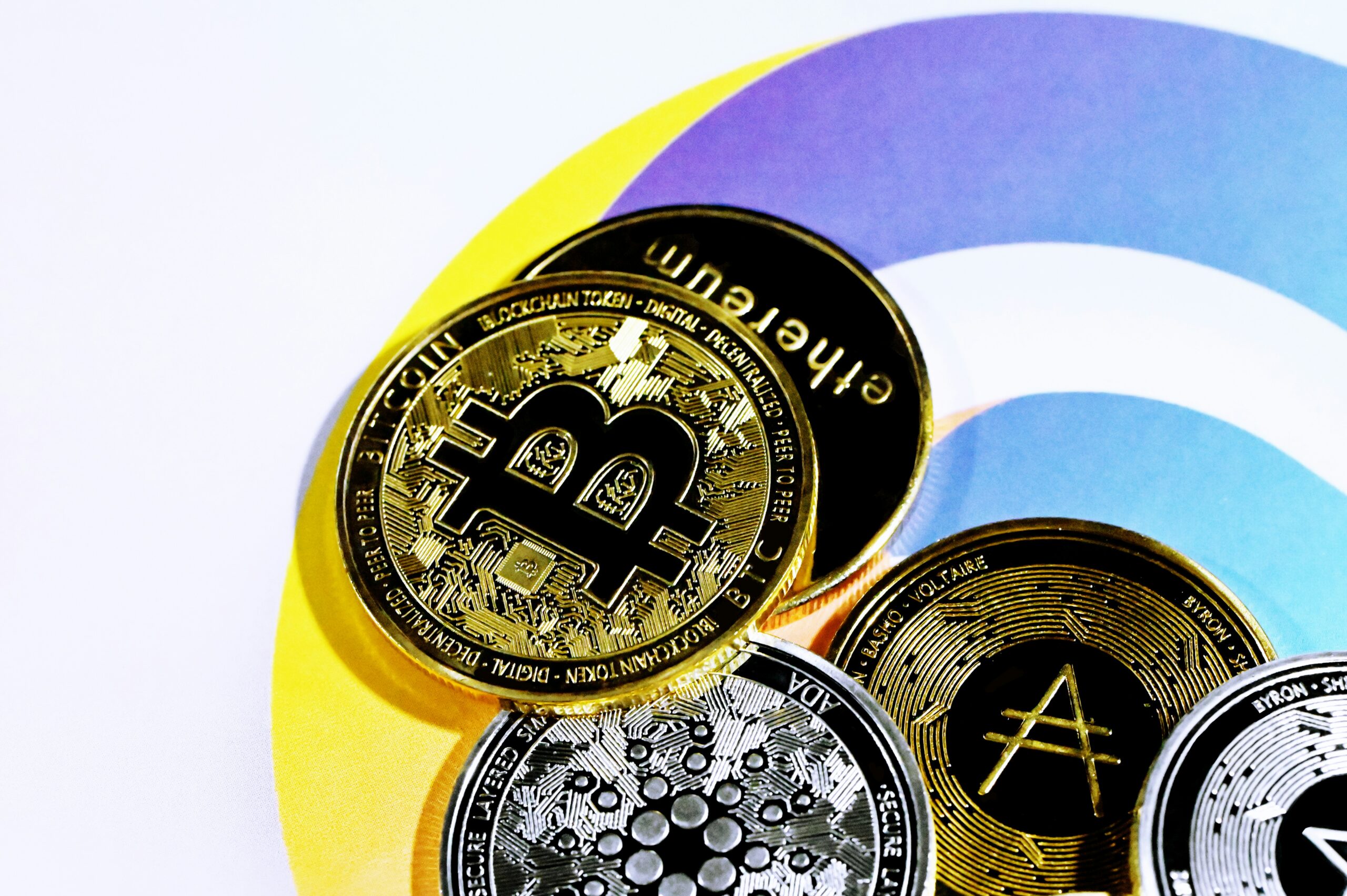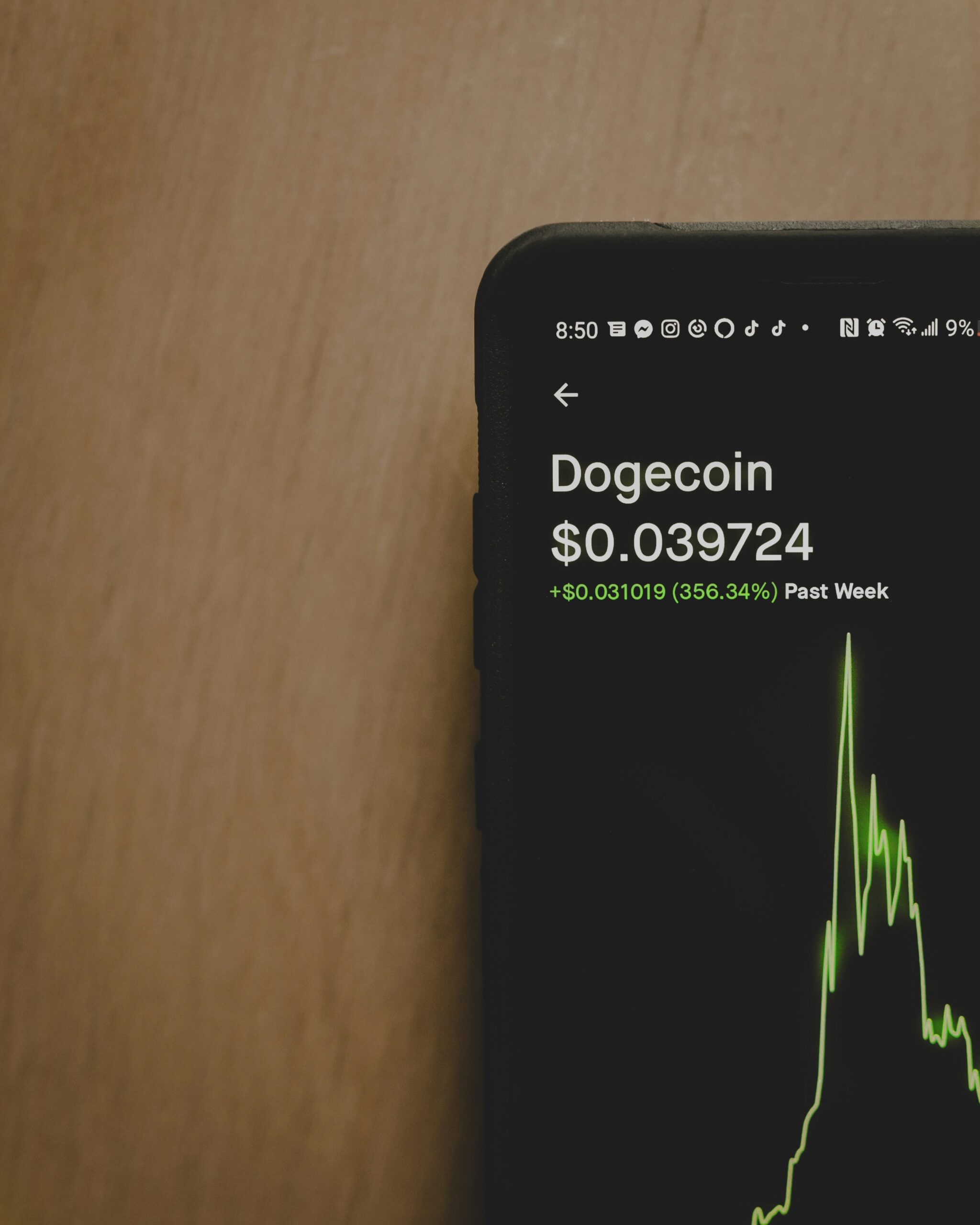
Introduction to Altcoins
Altcoins, or alternative cryptocurrencies, are digital assets other than Bitcoin, representing a significant portion of the cryptocurrency market. While Bitcoin is often hailed as the pioneer and gold standard of cryptocurrencies, altcoins offer unique features and innovations that set them apart. These coins include well-known names like Ethereum, Litecoin, and Ripple, as well as lesser-known but promising projects. Altcoins differ from Bitcoin in various ways, including their underlying technology, use cases, and consensus mechanisms.
The role of altcoins in the cryptocurrency market cannot be overstated. They introduce diversity, innovation, and competition, which are crucial for the market’s evolution. For instance, Ethereum’s introduction of smart contracts has paved the way for decentralized applications (dApps) and complex financial instruments. Other altcoins focus on privacy, scalability, or specific industry applications, thereby broadening the scope and capabilities of blockchain technology.
In the context of portfolio diversification, altcoins serve as a vital component. Just as in traditional finance, diversification in crypto portfolios helps mitigate risk and enhance potential returns. While Bitcoin remains a dominant force, its market dynamics differ from those of altcoins, which can sometimes offer higher growth potential. This is why investors are continually on the lookout for promising altcoins that could yield substantial returns.
Moreover, the continuous development and innovation within the altcoin space provide opportunities for early investment in projects with significant growth potential. As the cryptocurrency market matures, identifying and investing in the right altcoins can lead to considerable financial gains. Therefore, understanding the landscape of altcoins and their respective roles is essential for any investor looking to maximize their returns in the dynamic world of cryptocurrencies.
Criteria for Selecting Promising Altcoins
When evaluating altcoins for potential investment, several critical factors must be considered to gauge their promise and potential for future returns. This comprehensive approach ensures a well-rounded assessment, enhancing the likelihood of identifying valuable assets in the ever-evolving cryptocurrency market.
One of the primary criteria is market capitalization. Altcoins with higher market caps generally indicate a more stable and established presence in the market. While not immune to volatility, these cryptocurrencies often exhibit more resilience compared to lesser-known, lower-cap coins. However, it’s also essential to consider emerging altcoins with lower market caps that may possess high growth potential.
Technological innovation is another vital factor. Cryptocurrencies that bring novel solutions or improvements to existing blockchain technology often stand out. Assessing the underlying technology, such as consensus mechanisms, scalability solutions, and security features, can provide insight into the altcoin’s long-term viability and potential to disrupt current systems.
The use case of an altcoin is pivotal. An altcoin with a clear, practical application that addresses real-world problems or enhances current processes is more likely to gain traction and widespread adoption. Evaluating the problem the altcoin aims to solve and its application in various industries can provide a clearer picture of its potential success.
The team and partnerships behind an altcoin significantly impact its prospects. A strong, experienced team with a proven track record in technology and business can drive the project towards successful implementation and growth. Additionally, strategic partnerships with established businesses and institutions can enhance credibility and facilitate broader adoption.
Community support is another crucial factor. A robust, active community can drive awareness, adoption, and development. Engaged communities often contribute to the project’s marketing, provide valuable feedback, and even participate in development efforts, fostering a more dynamic and resilient ecosystem.
Finally, analyzing an altcoin’s historical performance can offer insights into its stability and growth pattern. While past performance is not always indicative of future results, understanding how an altcoin has navigated market fluctuations can aid in making more informed investment decisions.
By carefully considering these factors, investors can better identify promising altcoins with the potential for substantial returns in the dynamic cryptocurrency landscape.
Altcoin #1: Ethereum (ETH)
Ethereum (ETH) has firmly established itself as the leading smart contract platform in the cryptocurrency space. With its robust ecosystem of decentralized applications (dApps) and decentralized finance (DeFi) projects, Ethereum has become a cornerstone of blockchain innovation. As we look ahead to 2024, Ethereum remains a top altcoin to watch, primarily due to its upcoming upgrades and the continuous expansion of its ecosystem.
One of the most anticipated developments for Ethereum is the transition to Ethereum 2.0. This upgrade aims to address several key issues that have plagued the network, such as scalability, security, and energy efficiency. Ethereum 2.0 will introduce a proof-of-stake (PoS) consensus mechanism, replacing the current proof-of-work (PoW) system. This transition is expected to significantly reduce energy consumption and increase transaction throughput, making the network more efficient and sustainable.
The Ethereum ecosystem’s vibrancy is another reason for its prominence. It hosts a myriad of dApps that cater to various sectors, including gaming, supply chain management, and social media. Moreover, Ethereum is the backbone of the DeFi movement, which has seen exponential growth over the past few years. DeFi platforms built on Ethereum enable users to lend, borrow, trade, and earn interest on their crypto assets without the need for traditional financial intermediaries.
Furthermore, Ethereum’s active developer community continually enhances the platform’s capabilities, ensuring it remains at the forefront of blockchain technology. The ongoing development and deployment of layer 2 solutions, such as rollups, are expected to further improve Ethereum’s scalability and reduce transaction costs, making it more accessible to a broader audience.
In summary, Ethereum’s position as the leading smart contract platform, coupled with its upcoming Ethereum 2.0 upgrade and robust ecosystem of dApps and DeFi projects, makes it a top altcoin to watch in 2024. Its continuous innovations and improvements are poised to drive massive returns for investors and users alike.
Altcoin #2: Polkadot (DOT)
Polkadot (DOT) stands out in the ever-expanding altcoin landscape due to its pioneering approach to interoperability among blockchains. Unlike many traditional blockchains that operate in isolation, Polkadot’s architecture is designed to facilitate seamless communication and data transfer across different blockchain networks. This functionality is primarily achieved through its innovative use of parachains—independent blockchains that run parallel within the Polkadot ecosystem. These parachains can interact with each other and with external blockchains, thus providing a robust framework for cross-blockchain interoperability.
The potential of Polkadot to enable cross-blockchain transfers is significant. By bridging disparate blockchain networks, it fosters an environment where assets, data, and smart contracts can move freely across different platforms. This capability not only enhances the utility of individual blockchains but also opens up new avenues for decentralized applications (dApps) and services that require multi-chain functionality. Consequently, developers can build more sophisticated and versatile dApps, making Polkadot a highly attractive platform for blockchain innovation.
Another critical aspect of Polkadot’s appeal is its vibrant development community and strategic partnerships. The project is spearheaded by Web3 Foundation and Parity Technologies, both of which are renowned for their contributions to blockchain technology. The continuous development and enhancements driven by these organizations ensure that Polkadot remains at the forefront of blockchain advancements. Additionally, Polkadot has forged numerous partnerships with other blockchain projects and industry players. These collaborations not only extend its ecosystem but also drive further adoption and integration of Polkadot’s cross-chain solutions.
In essence, Polkadot’s unique features, such as its interoperability and parachains, combined with its potential for enabling cross-blockchain transfers, position it as a top contender among altcoins. Its robust development community and strategic partnerships further bolster its prospects, making Polkadot a compelling investment for those seeking substantial returns in the ever-evolving cryptocurrency market.
Altcoin #3: Cardano (ADA)
Cardano (ADA) has garnered significant attention in the cryptocurrency landscape due to its unique scientific approach to blockchain development. Unlike many other projects, Cardano employs a peer-reviewed research process, ensuring that its technological advancements are built on a solid academic foundation. This methodology not only adds credibility but also positions Cardano as a highly reliable and secure platform within the volatile crypto market.
One of the standout features of Cardano is its proof-of-stake (PoS) consensus mechanism, known as Ouroboros. PoS is a more energy-efficient alternative to the traditional proof-of-work (PoW) systems, significantly reducing the carbon footprint associated with blockchain operations. Ouroboros enhances security and sustainability, making Cardano a frontrunner in the race towards eco-friendly blockchain solutions.
The introduction of smart contract capabilities through the Alonzo upgrade has been a game-changer for Cardano. These smart contracts allow developers to build decentralized applications (dApps) on the Cardano blockchain, expanding its utility beyond simple transactions. This enhancement opens up new avenues for innovation, potentially driving mass adoption and increasing the value of ADA. Recent updates, such as the implementation of Hydra, a layer 2 scaling solution, are poised to further boost Cardano’s transaction throughput, making it more competitive with other leading blockchains.
Looking forward, Cardano has an ambitious roadmap. Future plans, such as the integration of governance models and the introduction of sidechains, promise to enhance its scalability and interoperability. These developments could position Cardano as a central player in the cryptocurrency space, attracting both institutional and retail investors interested in its long-term potential.
In summary, Cardano’s commitment to a scientific, methodical approach, combined with its innovative proof-of-stake mechanism and expanding smart contract functionalities, makes it a compelling altcoin to watch. As the ecosystem continues to evolve, Cardano’s potential for massive returns in 2024 remains an enticing prospect for investors.
Altcoin #4: Solana (SOL)
Solana (SOL) has emerged as a formidable player in the cryptocurrency landscape, primarily due to its high throughput and low transaction costs. Solana’s blockchain can handle up to 65,000 transactions per second (TPS), a feat that places it among the fastest in the industry. This impressive scalability is achieved through its unique Proof of History (PoH) consensus mechanism, which significantly reduces the time required to validate transactions, thereby enhancing overall network efficiency.
A major factor contributing to Solana’s potential is its burgeoning ecosystem. The platform has attracted a myriad of projects across various sectors, including decentralized finance (DeFi), non-fungible tokens (NFTs), and Web3 applications. Notable projects like Serum, a decentralized exchange (DEX), and Audius, a decentralized music streaming service, have chosen Solana as their foundation due to its superior performance capabilities. Additionally, the network’s low transaction fees make it an attractive option for developers and users alike, further fueling its growth.
When comparing Solana to other high-performance blockchains such as Ethereum 2.0 and Binance Smart Chain (BSC), several distinctions become evident. While Ethereum 2.0 aims to resolve its scalability issues through a transition to Proof of Stake (PoS) and sharding, Solana’s existing infrastructure already delivers high-speed transactions without compromising decentralization. Binance Smart Chain, on the other hand, offers lower fees and higher speeds than Ethereum but does so at the cost of greater centralization. Solana strikes a balance by providing both high performance and a decentralized framework.
In summary, Solana’s high throughput, low transaction costs, and expanding ecosystem position it as a promising altcoin for potential massive returns. Its capability to support a wide array of innovative projects underscores its role as a key player in the next wave of blockchain technology advancements.
Altcoin #5: Chainlink (LINK)
Chainlink (LINK) stands out as a pivotal player in the blockchain ecosystem due to its role as a decentralized oracle network. This network bridges the gap between smart contracts and real-world data, enabling blockchain applications to interact seamlessly with external data sources. By providing tamper-proof inputs, outputs, and computations, Chainlink enhances the functionality and reliability of smart contracts, making them more versatile and applicable to a broader range of scenarios.
One of the primary strengths of Chainlink is its extensive range of use cases. It is instrumental in various industries, including finance, insurance, supply chain management, and gaming. For instance, in the decentralized finance (DeFi) sector, Chainlink’s price oracles are crucial for ensuring accurate and real-time pricing data, which is essential for the operation of decentralized exchanges, lending platforms, and synthetic assets. Similarly, in the insurance industry, Chainlink oracles can automate claim processing by providing reliable data from external sources, such as weather conditions or flight statuses, to trigger smart contract-based insurance payouts.
Chainlink’s credibility and adoption are further bolstered by its numerous high-profile partnerships. Collaborations with prominent companies and blockchain projects underscore its importance and reliability. Notable partnerships include those with SWIFT, Google Cloud, and Oracle, which integrate Chainlink’s oracle solutions into their services to enhance data connectivity and security. These alliances not only validate Chainlink’s technology but also expand its reach and potential for widespread adoption.
Moreover, Chainlink’s continuous development and innovation contribute to its growing influence in the blockchain space. The network is actively expanding its capabilities through initiatives like the Chainlink 2.0 upgrade, which aims to introduce advanced features such as hybrid smart contracts. These enhancements are designed to further solidify Chainlink’s position as a critical infrastructure component for decentralized applications, making it a key altcoin to watch in 2024.
Conclusion: Diversifying Your Crypto Portfolio
As we navigate the rapidly evolving landscape of cryptocurrency, the potential for substantial returns from altcoins cannot be overstated. The top 10 altcoins discussed in this post each offer unique value propositions and innovative technologies that position them as promising investments in 2024. From decentralized finance (DeFi) platforms to blockchain interoperability solutions and beyond, these altcoins exemplify the diverse opportunities available in the market.
However, it is crucial to emphasize the importance of thorough research before making any investment decisions. The volatility and unpredictability inherent in the cryptocurrency market necessitate a well-informed approach. Investors should delve into the fundamentals of each altcoin, scrutinize their development teams, assess their market potential, and stay abreast of ongoing technological advancements and market trends.
Diversification plays a pivotal role in managing risk and optimizing potential returns. By spreading investments across a variety of altcoins, investors can mitigate the impact of any single asset’s underperformance while capitalizing on the growth prospects of multiple projects. This strategy not only enhances the resilience of a crypto portfolio but also leverages the diverse strengths of different altcoins.
Staying updated with market trends and technological advancements is essential for making informed investment decisions. The cryptocurrency space is dynamic, with new developments and shifts occurring regularly. Engaging with reputable sources, participating in community discussions, and continuously educating oneself about the evolving market landscape are critical practices for any savvy investor.
In conclusion, while the potential for massive returns from altcoins is significant, it comes with inherent risks. A well-rounded strategy that includes thorough research, diversification, and staying informed about market trends will position investors to navigate the complexities of the crypto market more effectively and potentially reap substantial rewards.





